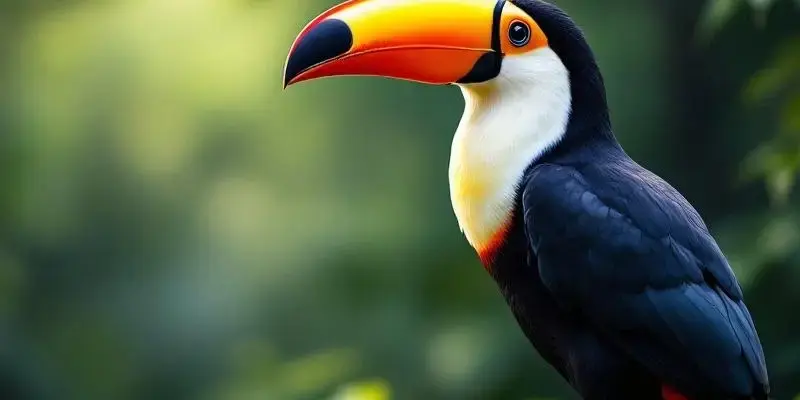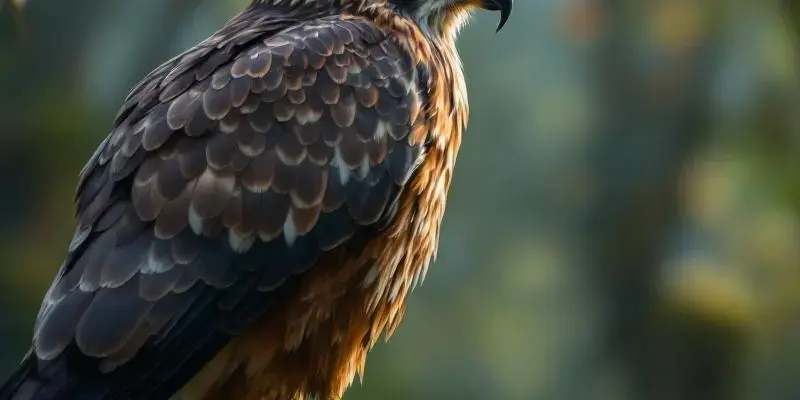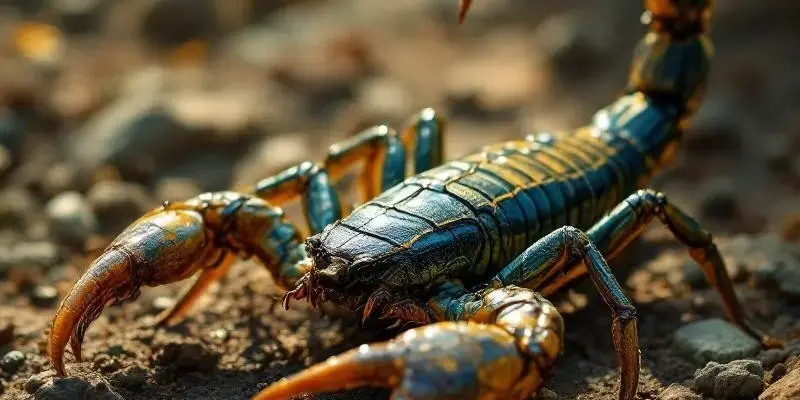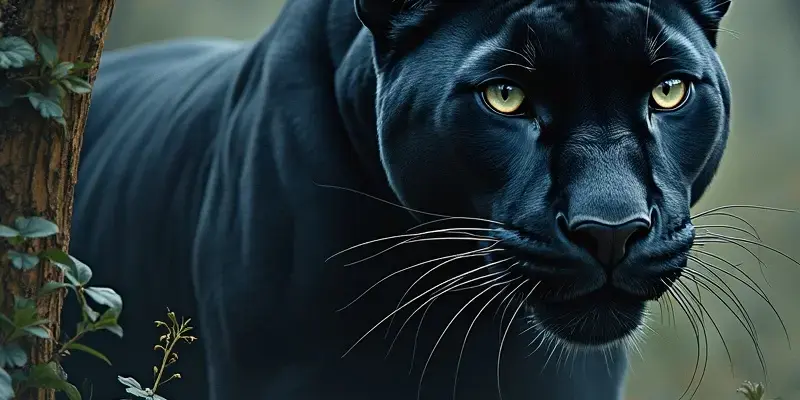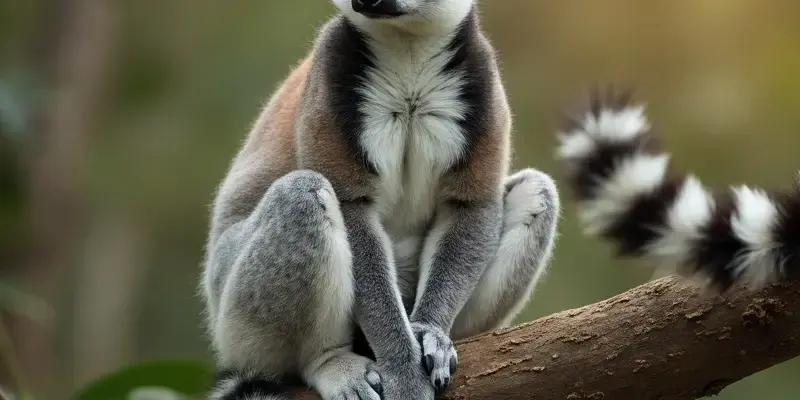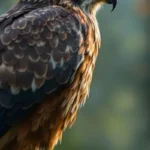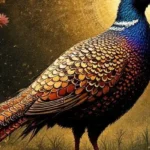Ocelot spiritual meaning
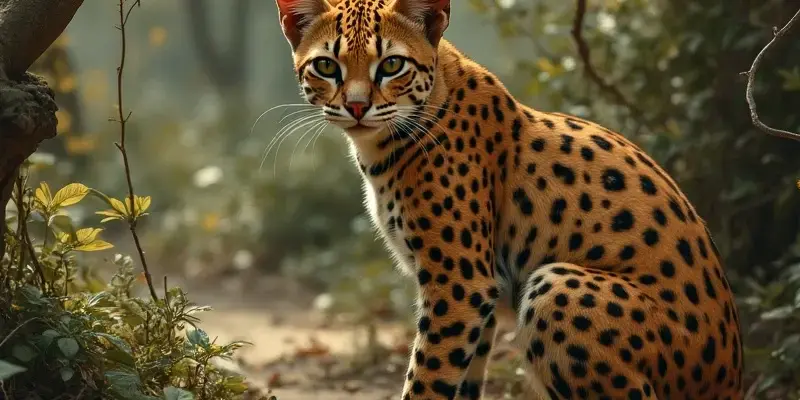
The ocelot, a remarkable wildcat native to the Americas, embodies a profound spiritual symbolism that extends far beyond its physical magnificence. These elusive felines, with their distinctive spotted coats and nocturnal prowess, carry ancient wisdom that speaks to the delicate balance between independence and connection, intuition and calculation.
Key Takeaways
- Ocelots represent the balance between light and darkness, teaching us to find harmony in life’s contrasting elements
- Their solitary nature symbolizes self-reliance and independence, encouraging personal strength and boundary setting
- As nocturnal hunters, ocelots embody intuitive wisdom and the ability to navigate life’s challenges with instinctive guidance
- The ocelot spirit animal appears during times of significant transition, offering protection and strategic direction
- Indigenous cultures revere the ocelot for its shamanic connections between the physical and spiritual realms
The Enigmatic Ocelot as Spiritual Guide
The ocelot (Leopardus pardalis) stands as one of nature’s most captivating mysteries, measuring between 68-100 cm in body length and weighing 8-18 kg. Native to the lush rainforests and grasslands of Central and South America, these medium-sized wildcats possess a spiritual significance that transcends their physical presence. Their stunning spotted coats have fascinated humans for centuries, including the eccentric artist Salvador Dali, who kept an ocelot as a companion.
What makes the ocelot particularly remarkable in spiritual contexts is the stark contrast between its physical attributes and metaphysical symbolism. While physically built for stealth and precision hunting, spiritually the ocelot represents profound themes of balance, independence, intuitive wisdom, and protection. For those attuned to animal symbolism, encountering an ocelot – whether in dreams, meditations, or rare physical sightings – often signals a significant spiritual message about navigating life’s complexities with grace and instinctive wisdom.
The Spotted Coat: Symbolism of Light and Shadow
The ocelot’s most striking physical feature – its intricately spotted coat – serves as a natural embodiment of one of life’s most fundamental spiritual principles: the harmonious coexistence of light and shadow. Unlike the solid coloration of some felines or the striped patterns of others, the ocelot displays a complex mosaic that mirrors the duality present in all aspects of existence.
Salvador Dali, renowned for his surrealist art that often explored the boundaries between consciousness and the subconscious, kept an ocelot as a pet precisely because it “empathized with the solitude of process in his art.” This connection highlights how the ocelot’s appearance reflects a deeper spiritual truth – that creation emerges from the dance between opposing forces.
In spiritual practice, the ocelot’s coat reminds us that life isn’t merely black and white but consists of intricate patterns where shadows and light intertwine. This symbolism teaches that even in our darkest moments, points of light remain visible if we look carefully enough. Conversely, when basking in success and happiness, we must remain aware of potential challenges. The ocelot essence encourages balanced perception, helping us recognize that both light and shadow serve essential purposes in our spiritual growth.
The Solitary Hunter: Lessons in Independence and Self-Reliance
Unlike social big cats that hunt in prides or groups, the ocelot embodies the power of solitude. These wildcats spend most of their lives alone, coming together primarily for mating. Their tree-dwelling habits further emphasize their self-sufficient nature, as they create personal spaces high above the forest floor, safe from potential threats.
This solitary lifestyle offers profound spiritual lessons about independence and self-reliance. The ocelot teaches us that true strength often comes from “standing on your own two feet” rather than constantly seeking external validation or support. I’ve observed that people drawn to ocelot energy often need to develop greater self-confidence and the ability to make decisions based on internal wisdom rather than external pressures.
Perhaps most importantly, the ocelot demonstrates how solitude can be regenerative rather than isolating. In quiet moments of reflection, similar to the ocelot’s rest in tree branches above the busy forest floor, we can restore our spiritual energy and gain clarity about our path forward. This isn’t unlike the symbolism of the lynx spirit animal, which also emphasizes the value of strategic withdrawal and contemplation.
The ocelot’s nocturnal nature adds another dimension to its spiritual meaning. Active primarily at night, these cats represent our capacity to explore the subconscious mind, confront hidden fears, and retrieve forgotten knowledge. This nocturnal symbolism reminds us that some of our most important spiritual work happens in darkness – both literal and metaphorical – as we face what others might fear to examine.
Masters of Intuition: The Ocelot’s Guidance System
One of the ocelot’s most powerful spiritual teachings involves intuitive wisdom. These felines hunt with remarkable precision in near-total darkness, relying not just on keen senses but on an almost supernatural ability to anticipate prey movements and environmental changes. In spiritual contexts, the ocelot represents our innate capacity to trust instincts and gut feelings, especially when logical analysis falls short.
Often described as “keeper of secrets, keeper of inner wisdom,” the ocelot spirit animal appears when we need to look beyond surface appearances and tap into deeper knowing. I’ve found that people experiencing ocelot synchronicities – repeated sightings in media, dreams, or unexpected contexts – are frequently standing at crossroads where conventional thinking won’t provide adequate guidance.
The practical applications of ocelot intuition span numerous life areas:
- In decision-making, ocelot energy encourages pausing to consult your internal compass before taking action
- For relationships, it helps identify authentic connections versus superficial attractions
- During career transitions, ocelot wisdom supports recognizing opportunities that align with your true purpose
- In creative endeavors, it facilitates accessing the subconscious wellspring of inspiration
The ocelot’s hunting stealth also translates to strategic thinking in human contexts. Rather than rushing forward with brute force, those channeling ocelot energy learn to wait for the perfect moment, conserving resources and maximizing effectiveness. This patience-centered approach proves especially valuable during challenging transitions, which is why the ocelot often appears symbolically when significant change looms on the horizon.
The Warrior’s Heart: Protection and Boundary Setting
Despite their medium size compared to larger wildcats, ocelots possess a warrior spirit that makes them formidable protectors of their territory and interests. This aspect of ocelot symbolism relates to courage, the fierce protection of loved ones, and the vital practice of establishing healthy boundaries.
The ocelot’s warning signs – including a quick temper when provoked and potentially destructive behavior when threatened – offer important spiritual lessons about honoring our own limits and communicating them clearly. In human terms, this manifests as learning to say “no” when necessary, removing yourself from exploitative situations, and protecting your emotional and physical well-being with the same vigilance an ocelot defends its territory.
Ocelot wisdom teaches that it’s “better to have few trustworthy friends than many fraudulent ones.” This perspective aligns closely with the bobcat’s spiritual message about discernment in relationships. Those guided by ocelot energy typically maintain a smaller but deeply loyal social circle, investing quality time and energy rather than seeking widespread but superficial connections.
I’ve noticed that people working with ocelot medicine often need to address boundary issues, learning to recognize when others overstep their limits and developing the confident assertiveness to enforce healthy separations. The ocelot’s territorial behavior reminds us that protecting our personal space – physical, emotional, and spiritual – isn’t selfish but necessary for authentic well-being.
Ocelot as Totem and Power Animal
Those born with an ocelot totem or who discover this wildcat as their power animal typically share distinctive personality traits. Creative, adaptable, and somewhat secretive, these individuals often lead what might be described as dual lives – presenting one face to the general public while revealing their true nature only to trusted companions.
Like the ocelot’s nocturnal-diurnal pattern, these people frequently balance contrasting elements in their personalities: introversion with moments of striking expressiveness, practicality with unexpected bursts of artistic inspiration, and caution with occasional bold risk-taking. This dual nature enables them to adapt to diverse situations while maintaining their essential core identity.
As a power animal, the ocelot brings protection and guidance through life’s challenges, particularly those requiring strategic navigation through unfamiliar territory. When faced with rapid changes in work environments, relationship dynamics, or personal circumstances, calling upon ocelot energy can help maintain balance and perspective.
Typical characteristics of those with ocelot influence include:
- Strong independence with selective but deep connections
- Natural wariness with strangers until trust is established
- Exceptional loyalty to those who have earned their confidence
- Ability to see clearly in “dark” situations when others feel lost
- Skill at maintaining personal boundaries without unnecessary conflict
The ocelot power animal proves especially helpful in modern contexts where boundaries between work, personal life, and digital identity increasingly blur. Those working with ocelot energy typically excel at creating necessary separations and maintaining essential privacy while still engaging meaningfully with the world around them.
Cultural Reverence: The Ocelot in Indigenous Traditions
Throughout the Americas, indigenous cultures have long revered the ocelot for its spiritual significance and mystical properties. In many shamanic traditions, the ocelot serves as a guide between realms, helping practitioners navigate between ordinary reality and non-ordinary states of consciousness during healing rituals and vision quests.
While the ocelot shares some symbolic territory with its larger cousin the jaguar in Mayan and Aztec traditions, it maintains distinct associations. Where jaguars often represented ruling power and solar energy, ocelots connected more with lunar qualities, stealth, and the feminine divine. Their “beautifully spotted coat and elusive nature” contributed significantly to their mythological status as creatures of mystery and transformation.
Artistic representations of ocelots appear in pottery, textiles, and ceremonial objects across various indigenous cultures, highlighting their importance in spiritual cosmology. Many traditional stories feature ocelot characters who embody cunning wisdom and the ability to move between worlds – skills valued by shamans and spiritual seekers.
Modern spiritual practices continue to draw upon this ancient wisdom, incorporating ocelot energy into meditation, dream work, and personal growth modalities. Those working with these traditions often report that ocelot
The article explores the profound spiritual symbolism of ocelots, wildcats native to the Americas. These elusive felines with distinctive spotted coats represent the balance between light and darkness, independence, intuitive wisdom, and protection. Their solitary nature teaches self-reliance, while their nocturnal hunting abilities symbolize intuitive guidance. Ocelots appear during significant life transitions, offering strategic direction and protection. Indigenous cultures revere them for their shamanic connections between physical and spiritual realms, with distinct symbolic meanings in Mayan and Aztec traditions.
| Key Aspect | Spiritual Meaning |
|---|---|
| Spotted Coat | Harmony between light and shadow; balanced perception |
| Solitary Nature | Self-reliance, independence, regenerative solitude |
| Nocturnal Hunting | Intuitive wisdom, subconscious exploration, strategic patience |
| Territorial Behavior | Boundary setting, protection, discernment in relationships |
| Indigenous Significance | Guide between realms, lunar energy, feminine divine |

